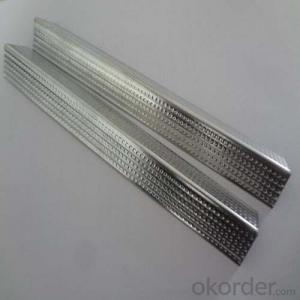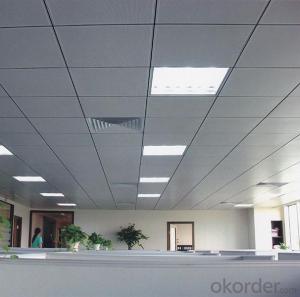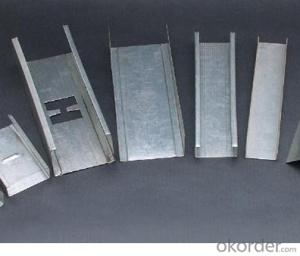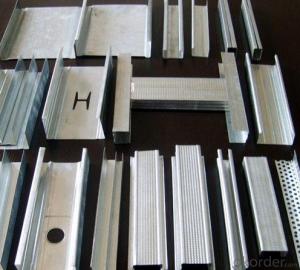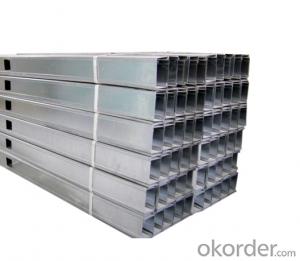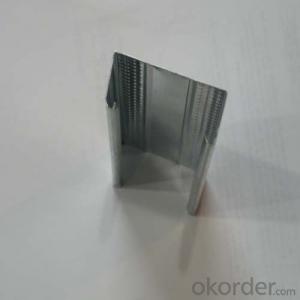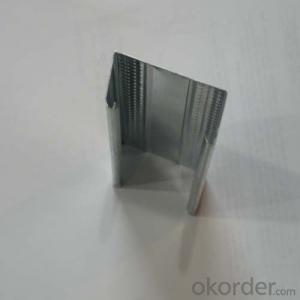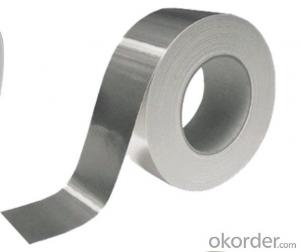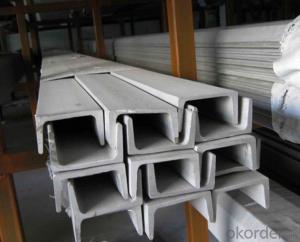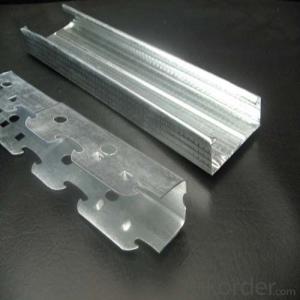Aluminum Channel Letter Coil
Aluminum Channel Letter Coil Related Searches
Best Paint For Stainless Steel Paint For Galvanized Steel Steel Frames For Furniture Self Tapping Screws For Steel Surface Grinding Wheels For Hardened Steel Hole Saw For Stainless Steel Paint For Stainless Steel Stainless Steel For Bbq Step Bit For Stainless Steel Sponge For Stainless SteelHot Searches
1/4 Aluminum Plate For Sale Inverter Size For Solar System Aluminum Round Stock For Sale Aluminum Scaffolding For Sale Craigslist 6061 Aluminum Plate For Sale Aluminum Dock Plate For Sale 7075 Aluminum Plate For Sale Aluminum Plate For Sale Near Me Aluminum Square Stock For Sale Aluminum Flat Stock For Sale Billet Aluminum Stock For Sale Aluminum Stock Tanks For Sale Aluminum Stock For Sale Near Me Aluminum Stock For Sale Aluminum Towers For Sale China Black Aluminum Coil Aluminum Corp Of China Stock Bike Gps System Price In India China Black Aluminum Plate China Aluminum Plate PanelsAluminum Channel Letter Coil Supplier & Manufacturer from China
Okorder.com is a professional Aluminum Channel Letter Coil supplier & manufacturer, offers integrated one-stop services including real-time quoting and online cargo tracking. We are funded by CNBM Group, a Fortune 500 enterprise and the largest Aluminum Channel Letter Coil firm in China.Hot Products
FAQ
- Due to their exceptional properties, aluminum coils find wide application in the manufacturing of battery enclosures. Firstly, aluminum, being a lightweight material, is perfect for creating battery enclosures that are lightweight themselves, a crucial feature for portable devices and electric vehicles where weight reduction is of utmost importance. Moreover, aluminum coils can be easily shaped and sized to accommodate specific battery designs, giving manufacturers the ability to customize the enclosures. This flexibility in shaping also aids in optimizing space utilization and enhancing the overall efficiency of the battery system. Furthermore, aluminum exhibits high resistance to corrosion, a vital characteristic for battery enclosures that are frequently exposed to harsh chemicals and environments. This corrosion resistance ensures the longevity and dependability of the enclosure, safeguarding the battery cells from harm and guaranteeing safe operation. Additionally, aluminum possesses excellent thermal conductivity, enabling efficient dissipation of heat generated during battery charging and discharging. This is crucial in preventing overheating and maintaining the optimal temperature range for optimal battery performance. In conclusion, aluminum coils play a pivotal role in the production of battery enclosures by providing lightweight, customizable, corrosion-resistant, and thermally conductive properties. These properties contribute to the overall efficiency, safety, and durability of battery systems employed in a wide range of applications, including consumer electronics, electric vehicles, and renewable energy storage.
- Aluminum metal is oxidized in aqueous base with water serving as the oxidizing agent. Al(s) + H2O(1) → Al(OH)4- + H2(g) (basic solution) Write a balanced equation for this reaction in basic solution.
- solutions b, c, and d - chlorine, bromine, and permanganate anion all characterize powerful oxidizers. In an elementary diatomic halogen molecule like chlorine or bromine, the oxidation state of each and every atom is 0. even as they react with molecular magnesium, as an social gathering (Mg, whose oxidation state is likewise 0), the chlorine atoms each and each and every get rid of an electron from the metal and for that reason have an oxidation state of -a million. they have been decreased, and are for that reason oxidizing brokers. Magnesium loses 2 electrons and for that reason has an oxidation state of +2. this is been oxidized (with techniques from an oxidizing agent) and is for that reason a reducing agent.
- Yes, there are limitations and drawbacks to using aluminum coils. One limitation is that aluminum coils are more expensive than other coil materials like copper. Additionally, aluminum coils have a lower heat transfer rate compared to copper, which may affect the efficiency of cooling or heating systems. Furthermore, aluminum coils are prone to corrosion and can be more difficult to repair or replace compared to other coil materials.
- The intended use and application of aluminum coils can result in varying thicknesses. Generally, a range of thicknesses is accessible, spanning from 0.006 inches (0.15 mm) to 0.25 inches (6.35 mm). The specific thickness needed for a specific project or industry hinges on factors like desired strength, flexibility, and weight of the aluminum coils.
- Aluminum coils can indeed be utilized for electrical purposes. The electrical industry extensively employs aluminum due to its superb conductivity, lightweight nature, and resistance to corrosion. Various electrical applications, such as transformers, motors, generators, and inductors and solenoids, commonly employ aluminum coils. These coils possess advantages like high thermal conductivity and minimal eddy current losses, which make them highly efficient in the transmission and distribution of electrical power. Moreover, aluminum coils are more cost-effective when compared to copper coils, making them the preferred choice for numerous electrical applications. Nevertheless, it is worth noting that aluminum possesses lower electrical conductivity than copper. Therefore, adjustments in the coil design and dimensions may be necessary to ensure optimal performance.
- Yes, aluminum coils can be painted or printed on. Aluminum coils are often coated with a protective layer that allows them to be painted or printed on. This opens up a wide range of possibilities for customization and branding purposes.
- There are several coil coating options available for aluminum coils, including polyester, polyurethane, fluoropolymer, and plastisol coatings. Each option offers unique benefits, such as durability, weather resistance, and aesthetics, allowing for customization based on specific requirements or desired appearance.
- Indeed, it is possible to anodize aluminum coils in order to enhance their durability. Anodization involves the creation of a layer of aluminum oxide on the surface of the aluminum, resulting in increased resistance to corrosion, wear, and scratches. This layer also offers added protection against UV rays and harsh environmental conditions. By subjecting aluminum coils to anodization, they become more resilient and capable of enduring extended use in a variety of industries, including construction, automotive, and electronics. Moreover, anodized aluminum coils can be further enhanced with additional coatings or finishes to improve their appearance and provide additional protection. Overall, anodizing aluminum coils is a widely employed and efficacious technique for boosting their durability and extending their lifespan.



